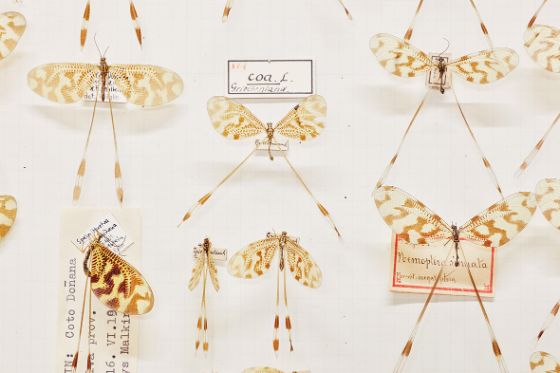SPECIATION IN MARINE PLANKTON DURING THE CENOZOIC
Within this project, we are investigating evolutionary patterns and shell variations in fossilized marine plankton.
The past oceans were very different from the way we know them now. Oceanic currents and vertical stratification of water masses were continuously changing under the influence of the tectonic movement of continents and oceanic plates and/or the long term changes of insolation on earth while orbiting around the sun. Such influences led in the past to many ice ages that were alternating with warm interglacial periods. These conditions affected – in multiple ways – the distribution of oceanic water masses and climate patterns. New marine ecosystems arose with time, causing a wealth of planktonic organisms to adapt and evolve in response. Unicellular planktonic organisms that once populated the upper waters of the oceans and that produce a fossilizable calcareous or siliceous shell are ideal objects of study to understand such processes. Over millions of years incredible numbers of their shell remains have been preserved in the ocean sediments thus providing a fantastic window to past conditions on earth. Considering the fact that evolution brought up the stunning diversity of organisms we know today, it is immensely important that our understanding of the processes of evolution and speciation under changing climatic regimes be improved.
We are studying changes of the shells of special single-cell planktonic foraminifera that produce myriads of such calcareous shells. We isolate the shells from deep-sea sediment samples and measure them using our AMOR robot and sophisticated computer programs. Our studies use sediment samples raised from sediment cores from all over the world and with ranges in age from the current geological epoch (Holocene) to far-ancient eras including the Pliocene Period 3.2 million years ago.
